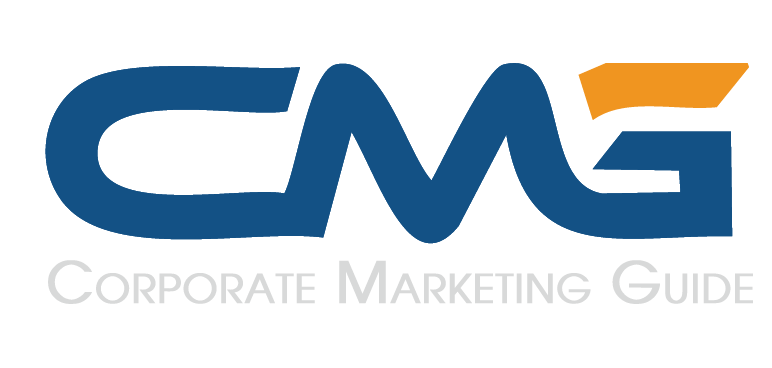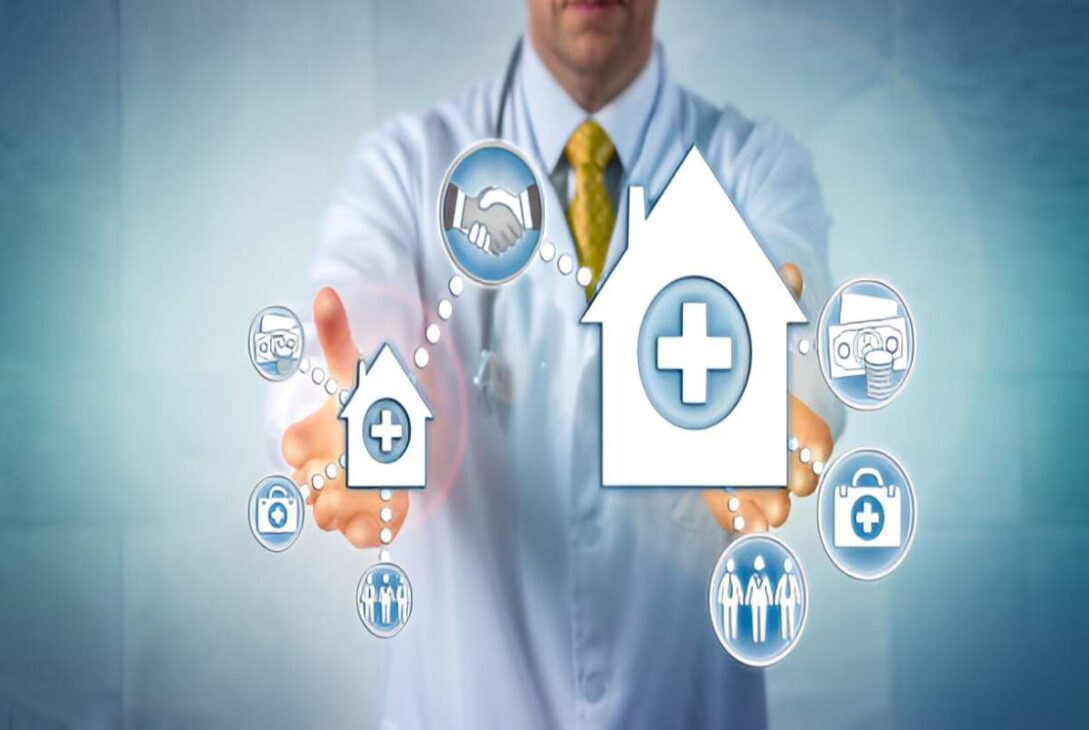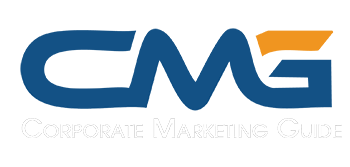Quick question: If your EMR disappeared tomorrow… would anyone miss it?
Okay, that’s dramatic. But not totally off-base.
Sure, EMRs serve a purpose. They store patient charts. They check some regulatory boxes. They help agencies avoid drowning in literal paperwork.
But here’s the part no one wants to admit: Most EMRs weren’t built for home health.
They were designed for clinics. Hospitals. Static care environments.
Home health? It’s a different beast entirely—fluid, mobile, unpredictable. And EMRs alone just weren’t built to keep up.
The Patchwork Problem
Ever seen an agency trying to “make it work” with an EMR and 14 different tools duct-taped together?
- Scheduling in Excel
- Care plans in Word docs
- Payroll in QuickBooks
- Incident reports via email
- Billing by sheer force of will
It’s not just inefficient—it’s exhausting. And when the pressure’s on, that kind of scatter leads to errors, burnout, and eventually, a few very unpleasant audit surprises.
Enter: Integrated Home Health Software
Not another login. Not a shinier dashboard.
An actual unified system—one that pulls clinical, operational, and financial functions into the same digital orbit. It’s the difference between chaos and coordination.
Let’s break down what home health software really means on the ground.
Scheduling: Finally Makes Sense
Here’s how it used to go:
“Wait, did we assign two nurses to Mrs. Gomez at 10 AM again?”
“Yes. And also, one of them doesn’t work Tuesdays.”
With integrated software, that nonsense stops.
- You see everyone’s schedule, availability, certifications, and location—live.
- The system flags conflicts, automates repeats, and sends real-time updates to field staff.
- Rescheduling takes seconds, not hours.
Suddenly, everyone’s where they should be, when they should be. Which, in home health, is a minor miracle.
Point-of-Care Documentation:
If your team is still writing notes on paper and “catching up later,” just know: it’s 2025. And there’s a better way.
Mobile-friendly home health platforms let caregivers document on the spot:
- Wound photos
- Med logs
- Signatures
- Voice-to-text progress notes
- All synced to the main system—even offline
Result? No more forgotten visits. No more “Wait, did she actually take her meds?” moments. Just clean, accurate, real-time documentation.
Built-in Compliance: No More “Oh Crap” Audits
Audits shouldn’t feel like root canals.
Good home health software bakes compliance into the everyday:
- Electronic Visit Verification (EVV) with GPS? Done.
- Alerts for missed tasks or incomplete plans? Built in.
- Time-stamped records and secure audit logs? Always on.
So when surveyors come knocking? You’re not scrambling. You’re smiling.
(Okay, maybe not smiling. But definitely not panicking.)
Billing + Payroll That Don’t Suck Your Soul Out
Here’s where integrated systems truly shine.
When clinical notes, visit verification, and payer rules are all connected?
- Billing flows automatically from verified visits
- Denials drop because you’re submitting clean claims
- Payroll pulls from actual time worked—not guesstimates or handwritten timesheets
No more reconciling three spreadsheets to figure out who worked what shift. Just clean data → clean output → happy finance team.
Real-Time Visibility: You Can’t Fix
Want to know why Mrs. Lee’s readmission risk is up?
Or which aides are consistently running late?
Or why Wednesday afternoon visits keep falling through?
An integrated system tells you.
Dashboards. Alerts. Filters. Trends. The full picture.
Not weeks later. Now.
Which means you stop reacting and start managing.
So… Do You Still Need an EMR?
Sure. Maybe. Probably.
EMRs still handle certain clinical documentation and patient records well. But expecting them to also manage scheduling, billing, compliance, field communication, and real-time analytics?
That’s like asking your microwave to also be your WiFi router. Wrong tool, wrong job.
Final Thought: Good Tech Doesn’t Add Work
Home health is already hard. The software you use shouldn’t make it harder.
Integrated home health software is more than a digital clipboard. It’s infrastructure. It’s automation. It’s visibility.
Most of all, it’s a shift—from duct-taped survival to actual operational flow.
Because when systems talk to each other, your teams talk less about fixing problems… and more about delivering care.
And isn’t that the whole point?
Also read: The Psychology Behind AI-Generated Logos



